Welcome to our blog post on the best DIY hair treatment for home beauty! We understand the desire to look and feel your best without having to leave the comfort of your home. In this post, we aim to share with you the benefits of DIY hair treatments and how they can help enhance your natural beauty. From simple ingredients you can find in your kitchen to easy-to-follow recipes, we’re here to guide you on your journey to healthy and beautiful hair, all from the convenience of your own home. Let’s dive in together and discover the power of DIY hair treatments for achieving your beauty goals!
Benefits of DIY Hair Treatments
In recent years, do-it-yourself (DIY) hair treatments have gained popularity as a cost-effective, natural, and customizable alternative to traditional salon treatments. Let’s delve into the various benefits that DIY hair treatments offer:
Cost-Effectiveness
One of the most significant advantages of DIY hair treatments is their affordability. By opting to create your own hair masks, oils, or treatments at home, you can save a significant amount of money compared to pricey salon visits. For example, a popular brand like SheaMoisture offers a range of DIY hair treatment kits that are not only budget-friendly but also effective in nourishing and rejuvenating your hair.
Natural Ingredients
Another compelling reason to choose DIY hair treatments is the use of natural ingredients. Many commercial hair products contain harsh chemicals that can strip the hair of its natural oils and lead to damage over time. By making your own treatments using ingredients like coconut oil, avocado, honey, and essential oils, you can ensure that your hair receives only the best natural care. Aloe Vera gel, known for its moisturizing and soothing properties, is a versatile ingredient that can be incorporated into various DIY hair treatments for healthier hair.
Customization for Individual Needs
DIY hair treatments offer the flexibility to tailor the ingredients to suit your specific hair needs. Whether you have dry, oily, damaged, or color-treated hair, you can customize your treatments to address your unique concerns. For instance, Olaplex offers a DIY kit that allows you to repair and strengthen your hair at home, offering personalized care based on your hair condition.
Practical Examples
To illustrate the effectiveness of DIY hair treatments, consider the following practical examples:
- DIY Coconut Oil Hair Mask: Mix coconut oil with a few drops of lavender essential oil for a nourishing and fragrant hair treatment.
- Honey and Cinnamon Scalp Scrub: Combine honey, cinnamon, and olive oil to create a exfoliating scalp scrub that promotes circulation and healthy hair growth.
By harnessing the power of natural ingredients and customization, DIY hair treatments provide a holistic approach to hair care that is both sustainable and beneficial for your hair health.
Popular DIY Hair Treatment Recipes
In today’s blog post, we will explore some popular and easy-to-make DIY hair treatment recipes using natural ingredients commonly found at home. These treatments are not only cost-effective but also free from harmful chemicals, making them a great choice for those looking to nourish their hair in a more natural way.
Avocado Hair Mask
Ingredients:
- 1 ripe avocado
- 2 tablespoons of coconut oil
- 1 tablespoon of honey
Instructions:
- Mash the avocado in a bowl until it forms a smooth paste.
- Add coconut oil and honey to the avocado paste and mix well.
- Apply the mixture to damp hair, focusing on the ends.
- Leave the mask on for 30 minutes before rinsing thoroughly with lukewarm water.
Benefits:
- Avocado is rich in vitamins and minerals that help hydrate and nourish the hair.
- Coconut oil provides deep conditioning and adds shine to the hair.
- Honey is a natural humectant that helps lock in moisture.
Coconut Oil Scalp Treatment
Ingredients:
- 3 tablespoons of coconut oil
- 5 drops of tea tree oil
Instructions:
- Mix the coconut oil and tea tree oil in a small bowl.
- Section your hair and apply the mixture directly to your scalp.
- Gently massage the scalp for 5-10 minutes.
- Leave the treatment on for at least 1 hour before shampooing as usual.
Benefits:
- Coconut oil helps moisturize the scalp and promote hair growth.
- Tea tree oil has antibacterial properties that can help reduce dandruff and scalp irritation.
Honey and Olive Oil Hair Conditioner
Ingredients:
- 2 tablespoons of honey
- 3 tablespoons of olive oil
Instructions:
- Mix the honey and olive oil in a bowl until well combined.
- Apply the mixture to damp hair, focusing on the mid-lengths and ends.
- Leave the conditioner on for 20-30 minutes before rinsing out with shampoo.
Benefits:
- Honey acts as a natural softener and helps smooth out frizz.
- Olive oil provides deep conditioning and adds luster to the hair.
By incorporating these DIY hair treatments into your hair care routine, you can achieve healthier, more nourished hair without having to break the bank or expose your hair to harsh chemicals. Give these recipes a try and see the difference for yourself!
Choosing the Right DIY Hair Treatment
When selecting a DIY hair treatment, consider your hair type and concerns. Look for products tailored to address issues such as dryness, damage, frizz, or lack of shine. Some popular DIY hair treatment brands include:
- SheaMoisture: Known for natural ingredients and nourishing formulas.
- Olaplex: Focuses on repairing and strengthening damaged hair.
- DIY recipes: Homemade treatments using ingredients like coconut oil, honey, or avocado.
Application Techniques for Maximum Effectiveness
To ensure optimal results when applying DIY hair treatments, follow these techniques:
- Section your hair: Divide your hair into smaller sections to ensure thorough coverage.
- Apply from roots to ends: Start at the roots and work the treatment through to the ends for even distribution.
- Massage into the scalp: For treatments targeting the scalp, gently massage the product in to promote absorption.
- Use a wide-tooth comb: Comb the treatment through your hair to detangle and ensure every strand is coated.
Processing Times for Different Treatments
The recommended processing time for DIY hair treatments can vary depending on the product or recipe. Here are some general guidelines:
- Deep conditioning masks: Leave on for 20-30 minutes to allow the ingredients to penetrate the hair.
- Oil treatments: Can be left on overnight for maximum hydration and repair.
- Protein treatments: Follow the instructions on the product packaging for specific timing.
Rinsing Out the Treatment Properly
After the processing time is up, it’s crucial to rinse out the DIY hair treatment effectively:
- Use lukewarm water: Avoid hot water, as it can strip the hair of beneficial ingredients.
- Thoroughly rinse: Make sure to rinse your hair until the water runs clear to remove all traces of the treatment.
- Follow up with a conditioner: Finish with a conditioner to seal the hair cuticle and lock in the treatment’s benefits.
By following these tips on applying DIY hair treatments, you can achieve healthier, more luscious locks without breaking the bank. Experiment with different products and techniques to find what works best for your hair needs.
Precautions and Considerations When Using DIY Hair Treatments
When it comes to DIY hair treatments, safety should always be a top priority. Here are some important precautions to keep in mind before diving into your next at-home hair care routine:
Allergy Testing
Before using any new DIY hair treatment, it’s crucial to perform an allergy test to ensure you won’t have an adverse reaction. Follow these steps to conduct a patch test:
- Choose a small, discreet area on your skin, like your inner elbow.
- Apply a small amount of the DIY treatment and leave it on for 24 hours.
- Monitor for any signs of redness, itching, or irritation.
- If any negative reactions occur, refrain from using the product on your hair.
Avoiding Harmful Ingredients
Be mindful of the ingredients you use in your DIY hair treatments. Some common harmful ingredients to steer clear of include:
- Parabens
- Sulfates
- Formaldehyde
- Artificial fragrances
Opt for natural, organic products like SheaMoisture Raw Shea Butter Deep Treatment Masque or Maple Holistics Silk18 Conditioner to ensure you’re treating your hair with care.
Seeking Professional Advice
If you’re unsure about a DIY hair treatment or if you have any underlying scalp or hair conditions, it’s best to consult a professional hairstylist or dermatologist. They can provide personalized advice and recommend suitable products based on your specific needs.
Examples of Best Practices
Here are some practical examples of DIY hair treatments with safe and effective ingredients:
- Apple Cider Vinegar Rinse: Mix 1 part apple cider vinegar with 3 parts water for a clarifying rinse to remove buildup.
- Coconut Oil Hair Mask: Apply Viva Naturals Organic Extra Virgin Coconut Oil to nourish and hydrate your hair.
Remember, taking precautions and considering the ingredients in your DIY hair treatments can help maintain the health and vibrancy of your hair while minimizing the risk of adverse reactions.
Wrap Up: DIY Hair Treatments for Gorgeous Results
In conclusion, we have explored various DIY hair treatments for home beauty, considering factors such as ingredients, hair type, and desired outcomes. Based on our research, we recommend incorporating natural ingredients like coconut oil, honey, and avocado into your hair care routine. These treatments can nourish and revitalize your hair effectively. We encourage you to experiment with different recipes but always prioritize safety and choose treatments that suit your hair type. Give DIY hair treatments a try and enjoy the benefits of luxurious, healthy hair from the comfort of your own home.
Beauty Tips and Tricks
What are some tips for ensuring the effectiveness and safety of DIY hair treatments for home beauty?
Of course! When it comes to DIY hair treatments at home, here are some tips to ensure both effectiveness and safety:
- Research thoroughly: Make sure you understand the ingredients and their benefits before trying any DIY treatment.
- Patch test: Always do a patch test on a small area of your skin to check for any allergic reactions before applying the treatment to your hair.
- Use quality ingredients: Opt for high-quality, natural ingredients to minimize the risk of damaging your hair or scalp.
- Follow instructions carefully: Stick to the recommended quantities and application times to avoid any adverse effects.
- Rinse thoroughly: After applying the treatment, make sure to rinse your hair thoroughly to remove any residue and prevent build-up.
- Monitor your hair’s reaction: Pay attention to how your hair responds to the treatment and adjust as needed.
By following these tips, you can enjoy the benefits of DIY hair treatments while ensuring the safety and effectiveness of your home beauty routine.
Are there any natural alternatives to common store-bought hair treatments that can be made at home?
Yes, there are several natural alternatives to common store-bought hair treatments that can be made at home. For example, coconut oil can be used as a deep conditioner to moisturize and nourish hair. A mixture of apple cider vinegar and water can be used as a clarifying rinse to remove product buildup. Additionally, a blend of honey and olive oil can be applied as a hair mask to add shine and softness. These natural alternatives are often gentler on the hair and can be effective in improving its overall health.
What are the potential risks or downsides of using DIY hair treatments at home?
Certainly! When it comes to DIY hair treatments at home, there are a few potential risks or downsides to consider. Some common issues include:
- Damage to hair: Using incorrect ingredients or improper techniques can lead to hair damage, such as breakage, dryness, or even hair loss.
- Scalp irritation: Some DIY treatments may contain irritants that can cause itching, redness, or other discomfort on the scalp.
- Unpredictable results: Without professional guidance, achieving desired results like color or texture changes can be challenging and may not turn out as expected.
- Lack of expertise: Professionals have the training and knowledge to assess hair condition and recommend appropriate treatments. DIY methods may not address specific hair needs effectively.
- Safety concerns: Certain DIY treatments involve chemicals or processes that can be harmful if not used correctly, potentially leading to skin burns or other health risks.
It’s important to weigh these risks before trying DIY hair treatments at home and consider consulting a professional stylist for personalized advice and safe alternatives.
Can DIY hair treatments be customized based on individual hair needs and preferences?
Yes, DIY hair treatments can indeed be customized based on individual hair needs and preferences. By using various natural ingredients, oils, and other hair-nourishing products, it is possible to tailor-make hair treatments to address specific concerns such as dryness, damage, frizz, or lack of shine. Understanding your hair type and what works best for it will help in creating personalized DIY treatments that cater to your unique needs. It’s important to research and test different recipes to find the right combination that works best for your hair.









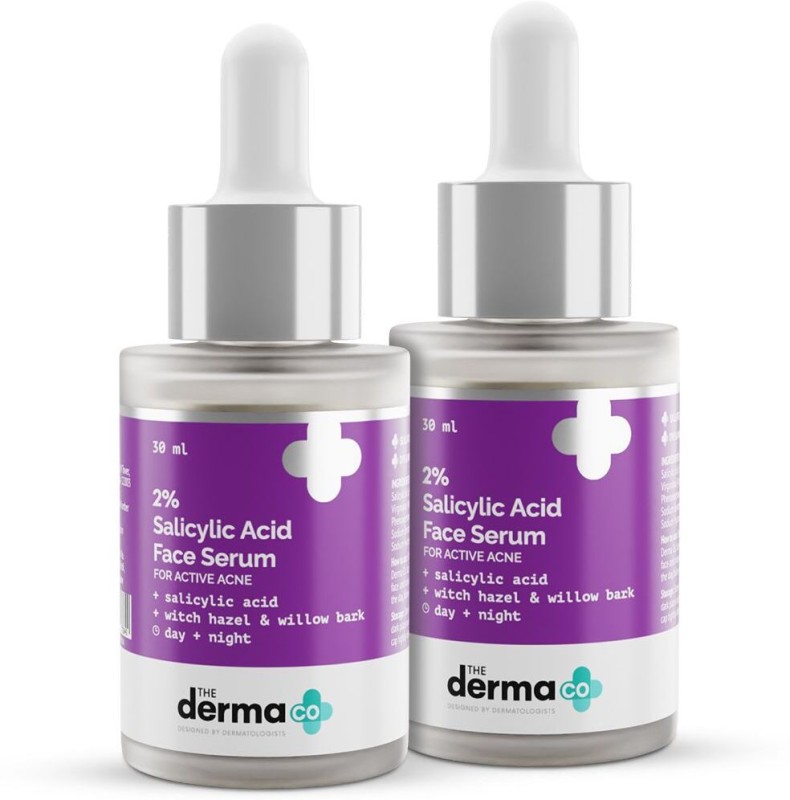
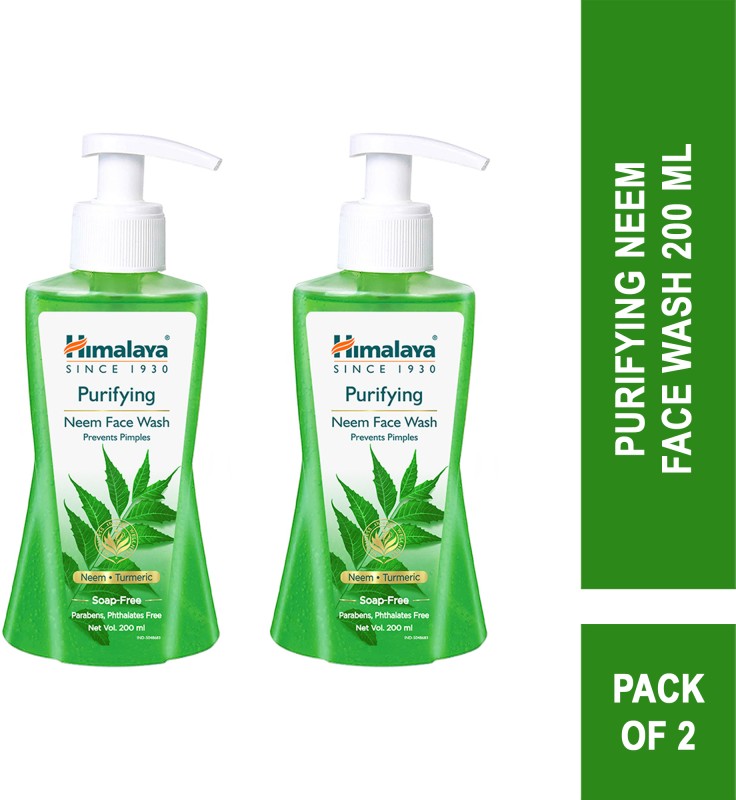
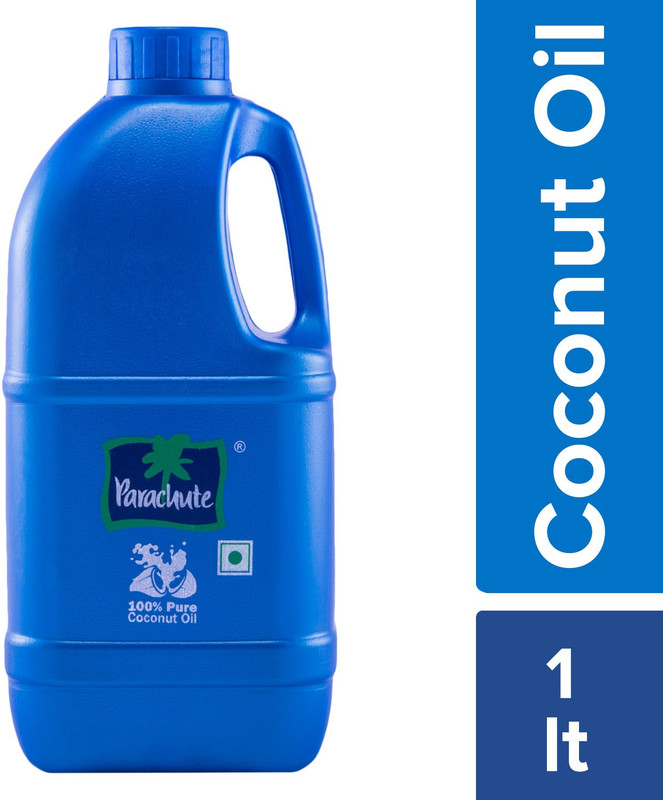
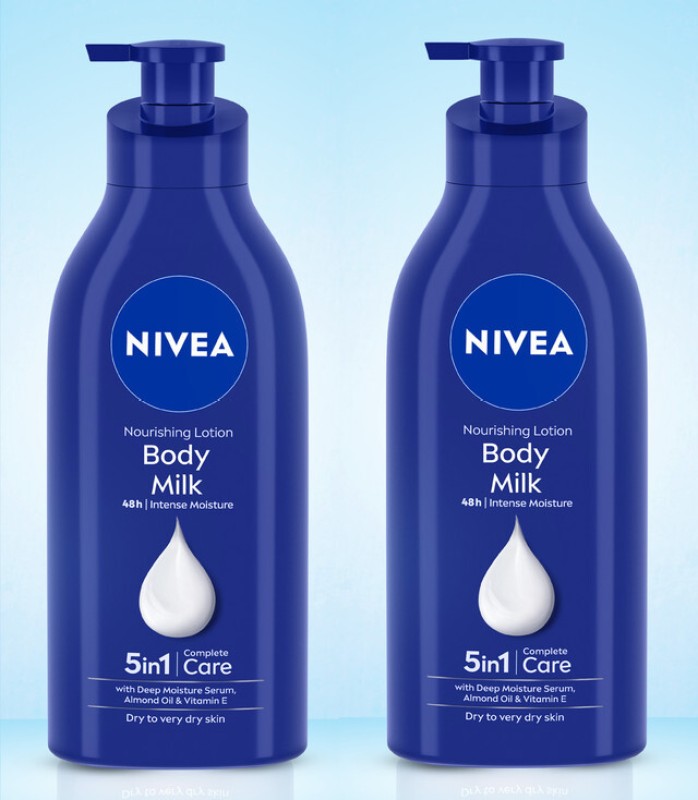
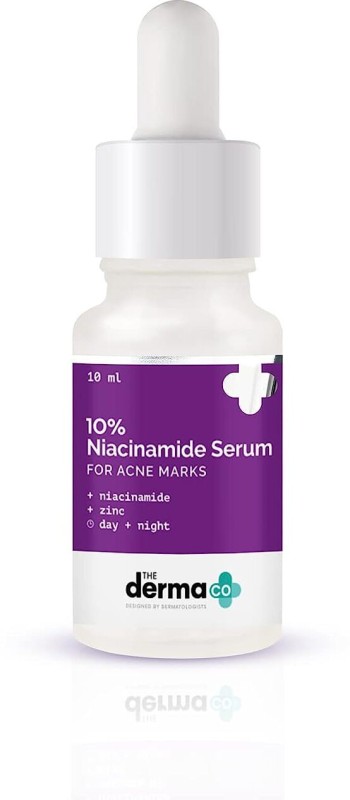
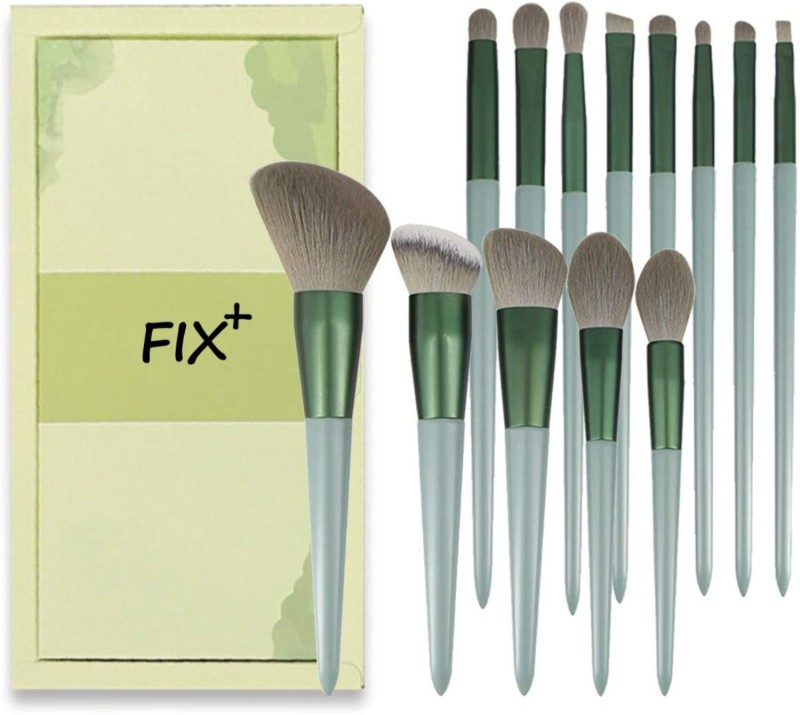
Thank you for sharing these DIY hair treatment ideas. Excited to try them and see the results!
DIY treatments are a fun way to pamper yourself at home. Love the self-care aspect.
The honey and olive oil treatment saved my dry, damaged hair. So grateful for this tip!
DIY hair treatments are a game-changer! So much more affordable than salon treatments.
I tried the avocado hair mask mentioned in the article and it worked wonders for my hair! Definitely recommend it.
Has anyone tried the coconut oil treatment? I’ve heard great things about it.
It’s important to do a patch test before trying any new DIY treatment to avoid allergic reactions.
Always looking for new ways to take care of my hair at home. Thanks for the suggestions!
I appreciate the natural ingredients suggested in this article. Good for those who want to avoid chemicals.
I wish there were more details on how to properly apply these treatments for best results.